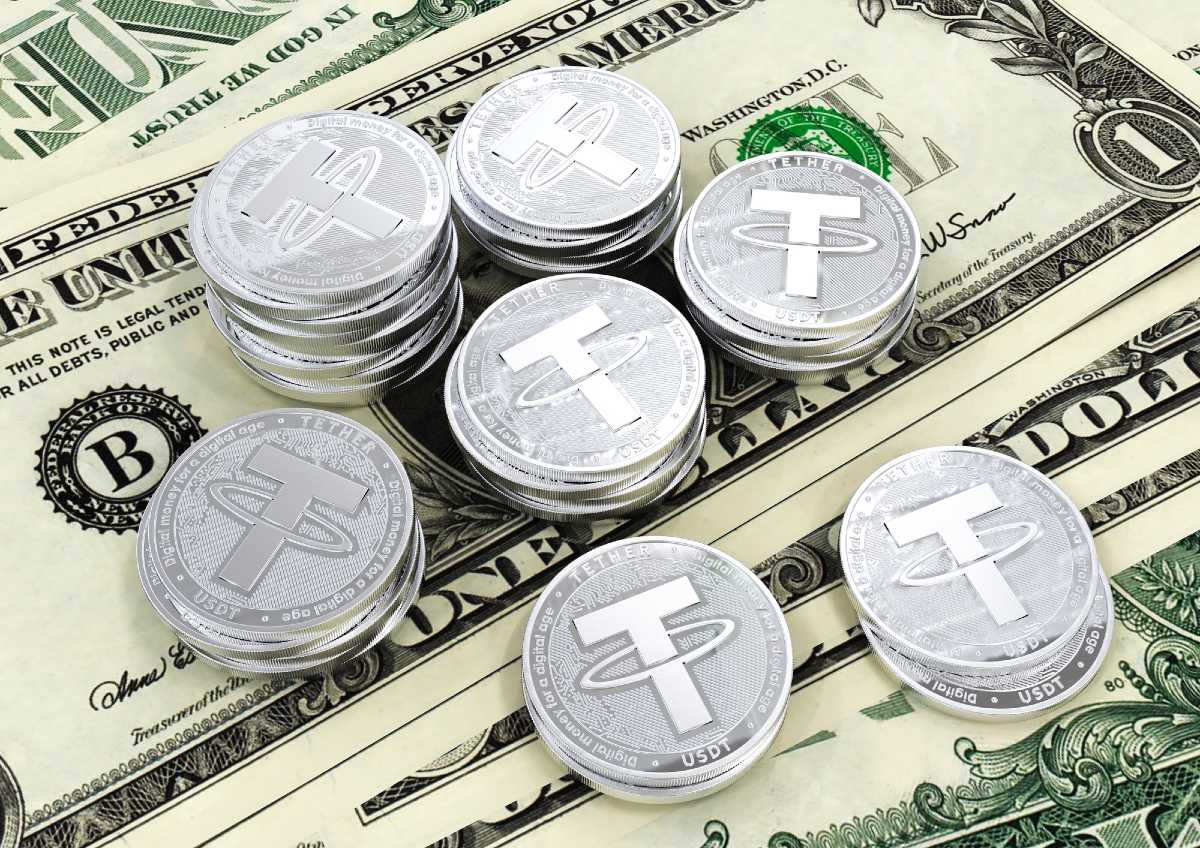The growth of Tether is reaching new record highs in multiple Blockchains. However, the first protocol that was there to support Tether is lagging behind. In accordance with Coin Metrics, the supply of Tether in Omni Layer, built on top of Bitcoin, has fallen more than 50% during the last 12 consecutive months. The supply of Omni Layer Tether reached its peak by mid-2018 in a little over USD 3 billion. The tokens Tether is launched for the first time in Omni Layer in October 2014. At the time, this was the only protocol that is compatible with the stablecoin. While fluctuations in the supply of stablecoins and the count of transactions regularly occur, it is unusual that there would be a contraction in the supply for months, especially for Tether.
Contents
What has happened to the supply of Tether? Why not maintained in Omni Layer?
It should be noted that Omni Layer was the only one in support to Tether for more than three years, until the stablecoin was launched as a token CKD-20 in Ethereum in November of 2017. So, in less than two years, the participation of Ethereum in the supply of circulating total Tether eclipsed Omni Layer. It can also be said that the demand influences, because in each Blockchain is different. In such a way that this could explain the unequal growth in the different protocols. The supply of Tether in Omni Layer has decreased too much in comparison with other protocols. Source: Ethereum World News in Addition, the concerns of performance in protocols compatible with Tether seem to be pushing the demand on platforms such as Ethereum, as it moves away from Omni Layer. In the words of Paolo Ardoino, CTO of Tether, the transaction fees and the time of confirmation were the main reasons why Tether decided to evolve their stablecoin to convert it to an active chain cross-compatible with multiple protocols.
What was the problem with Omni Layer?
According to Ardoino, operators were usually concerned about the sudden spikes in transaction fees Bitcoin that caused the transaction arbitration would become “insanely expensive”. The other concern was the time of confirmation. Many times the time it took a few exchanges to prove the transactions of Omni Layer was too much, just enough to make the traders to lose an opportunity in the market. The latter is due to waiting up to three blocks of Bitcoin to be able to prove the transaction. Omni Layer works for those who want robustness in their transactions, but does not work as well for those looking for low fees and quick transactions through blocks faster. Ethereum now has the greater part of the supply Tether, with almost 3.5 billion tokens issued in Ethereum since February. Tron, an optimized protocol in a manner similar to the issuance of tokens, recently has remained almost as many tokens as the Omni Layer.
Conclusion
To be a stablecoin, USDT of Tether attracts those who already have more confidence in the provenance of the tokens, so that the speed of transaction and low rates are two of the features that most are looking for investors. To date, Tether has been formed as a stablecoin to different Blockchains. Specifically, it works with eight different protocols among which are the Omni Layer, Ethereum, Litecoin, Tron, among others. All of this has been part of a strategy to make more competitive your stablecoin, by the simple growth. As more Blockchains support you have, the more potential partners you can have in Tether, because there is more access to it. Thus, the perspectives suggest that USDT will continue to be an active multi-Blockchain. In addition, the presence of this stablecoin in Ethereum is so wide, that it is difficult to disappear from your Blockchain in a long time. All of the above does not prevent the Omni Layer remain important to the creators of Tether, because it was the first platform that they had to mobilize the stablecoin. However, times have changed and the importance of the strategy employed by the company, be extended to other Blockchains.

